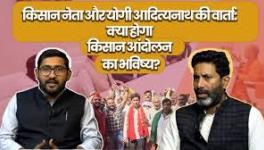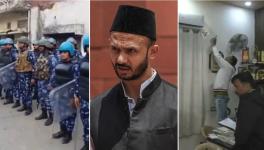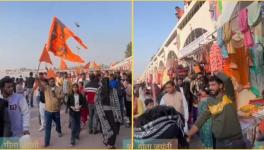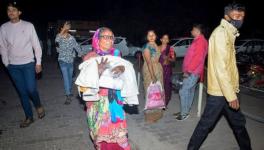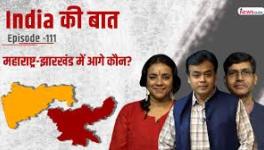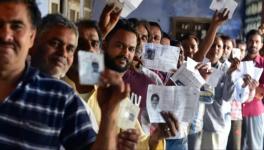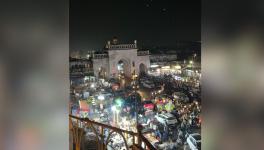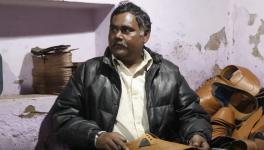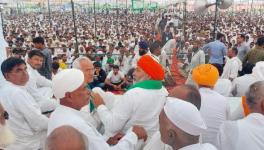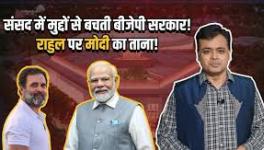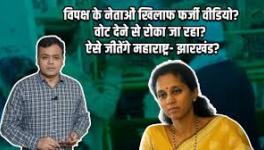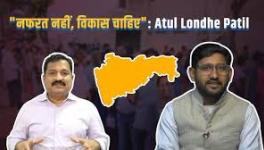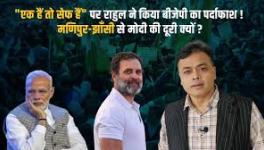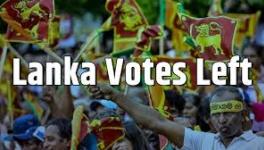Increase in the Number of Encounters in UP and Haryana, Dalits and Muslims Targeted
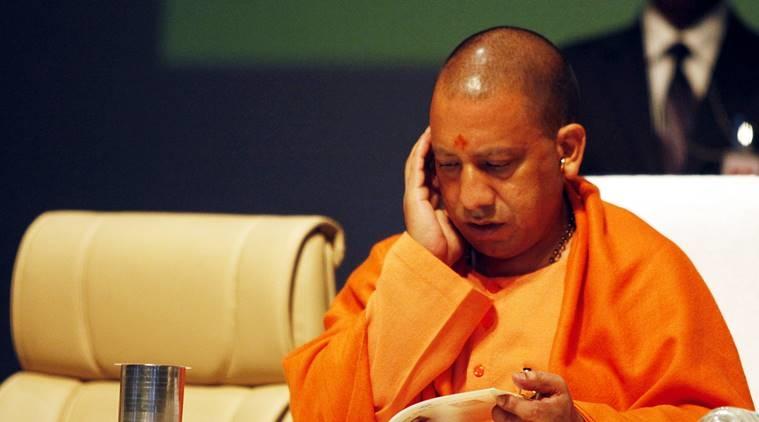
Image Courtesy: The Indian Express
After Yogi Adityanath came to power in Uttar Pradesh in March 2017, the number of fake encounters or pre-mediated extra-judicial killings have arisen in the state, with victims belonging to vulnerable social communities such as Dalits and Muslims in most cases, said a report compiled by an a rights group.
The report ‘Countering the Silence’ by Citizens Against Hate (CAH), documented as many as 16 incidents of alleged encounter killings in Uttar Pradesh and 12 cases in Haryana’s Mewat region, which had occurred between 2017 and 2018.
The report observed: “(a)ll victims come from vulnerable social groups. Most came from poor ‘lower castes’ backgrounds, typically, landless farmers, engaged in manual labour and as farm hands, or working as informal sector workers, as hawkers. In UP, most were under trials, with some past involvement in petty crime.”
So far, at least 50 “criminals” were murdered in over 1,700 encounters under the rule of BJP-led Yogi Adityanath government. The UP State Human Rights Commission (SHRC) is already conducting a probe into four of these alleged encounters following complaints by family members that they were staged.
In Haryana, most of the victims were from Muslim community, who were engaged in cattle trade and related businesses.
“In Haryana, all victims we identified were poor backward caste Muslims, such as Meos and Gujjars, mostly engaged in cattle trade and the meat supply chain, including drivers, manual labourers, and informal sector workers. All were socio-economically marginalized, were mostly assetless or had only a marginal asset base. Mostly trading in cattle and meat, they took great risks in these communalised times to continue to trade in cattle and meat,” said the report.
Though the police version claims that the police return the fire in self-defence, resulting in the victim being fatally shot, while the unnamed accomplice escapes, FIRs, post-mortem reports, and interviews with the families have revealed a lapse in the police version, according to the report.
“Torture was a common theme across cases. Most families reported having received dead bodies that had signs of grievous injuries to the body, not explained by a shoot-out.”
Though there are a Supreme Court judgment and NHRC guidelines for police to follow in the encounter cases, the team found that these were being flouted routinely. “Most cases we studied, did not have FIR of the murder of the deceased filed by police. When families attempted to file a complaint or seek help to address the grievance, they were met by strong resistance from police, in the form of threats of charging in false cases, even of getting another family member ‘encountered’,” the finding revealed.
The team also found cases in which “police did not report encounter deaths, to family, another requirement and family not provided legal documents (FIR, PM report), another requirement, the family statement not recorded by police, or in magisterial enquiry, yet another obligation.”
At times, "when families have mustered the courage to speak out, more serious accusations have been made. In several cases, accusations of rape have been initiated by police against family members."
Get the latest reports & analysis with people's perspective on Protests, movements & deep analytical videos, discussions of the current affairs in your Telegram app. Subscribe to NewsClick's Telegram channel & get Real-Time updates on stories, as they get published on our website.









